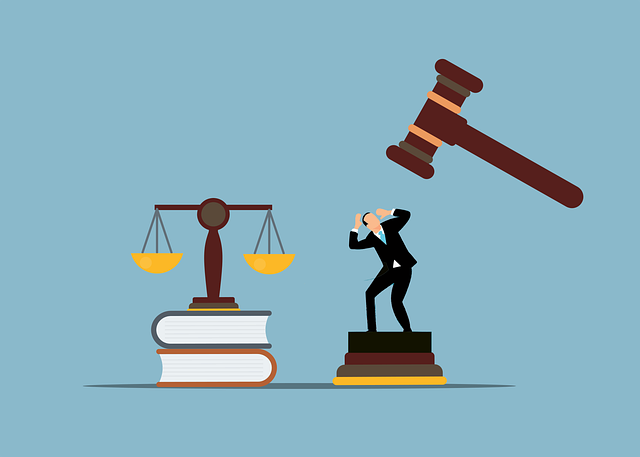Understanding the timeline of an injury claim process is crucial for anyone navigating this often complex and lengthy procedure. This article guides you through the typical stages and factors influencing the duration, from initial incident reporting to potential settlements or trials. Learn about what happens after filing your claim and prepare for a detailed exploration of the injury claim process, its variations, and what you can expect at each step.
- Understanding the Injury Claim Process Timeline
- Factors Affecting the Length of a Claim
- What to Expect After Filing Your Claim
Understanding the Injury Claim Process Timeline

Understanding the Injury Claim Process Timeline
When navigating the injury claim process, it’s crucial to have a general timeline in mind. The duration can vary greatly depending on several factors, including the severity of the injury, jurisdiction, and whether legal representation is involved. However, a typical personal injury claims process usually commences with immediate medical attention and documentation of the incident. This initial phase involves seeking treatment, gathering evidence like police reports and witness statements, and ensuring all necessary records are secure.
Subsequent steps include filing an official claim with the appropriate authority or insurance company, often within a prescribed time frame. Here, individuals or their legal representation will detail the circumstances leading to the injury, outline damages incurred, and present supporting documentation. From there, negotiations or litigation may ensue, further extending the process. It’s important to remember that while many cases resolve without trial, complex matters with significant fiduciary duty breaches can drag on for months or even years, emphasizing the value of competent legal representation throughout.
Factors Affecting the Length of a Claim

The length of an injury claim process can vary greatly depending on several factors. One of the primary determinants is the type and severity of the injury sustained. Complex or severe injuries often require more time for medical treatment, evidence gathering, and legal procedures, leading to prolonged claim timelines. Additionally, the complexity of the case plays a significant role; cases involving medical negligence, product liability, or high-value property damage claims tend to be more intricate and may take longer to resolve through negotiations or litigation.
Another crucial factor is the responsiveness of all parties involved. Prompt actions from the claimant, insurance providers, and even the involvement of a car accident lawyer can expedite the process. Conversely, delays in filing claims, inadequate documentation, or resistance during negotiations can significantly extend the time it takes to reach a resolution. These factors collectively shape the trajectory and duration of an injury claim process.
What to Expect After Filing Your Claim

After filing your injury claim, it’s natural to have questions about what’s next and how long the process will take. Here’s what you can generally expect during this period. Initially, your insurance company will review the details of your claim, including any supporting documents or medical reports. They’ll assess the validity of your claim based on their understanding of the injury claim process and the strength of your evidence. This initial evaluation is crucial as it determines whether they accept or reject your claim.
If your claim is accepted, the next step involves negotiating a settlement or pursuing legal action. In cases involving property damage claims or insurance coverage disputes, the process might require more time due to the complexity of these issues. However, most injury claims are resolved without going to court, especially if there’s clear liability and adequate insurance coverage. Keep in mind that even in straightforward cases, an insurance company may attempt to breach the contract by offering a lower settlement than you believe you deserve. Staying informed about your rights and understanding every aspect of your insurance policy can help ensure a fair outcome throughout the injury claim process.
The duration of an injury claim process varies greatly, influenced by factors like jurisdiction, complexity of the case, and cooperation between parties. While it’s challenging to provide a precise timeframe, understanding the potential stages and their average durations can help individuals navigate this often-lengthy process more effectively. By recognizing the key milestones and potential delays, claimants can better prepare for the journey ahead and advocate for a timely resolution.






